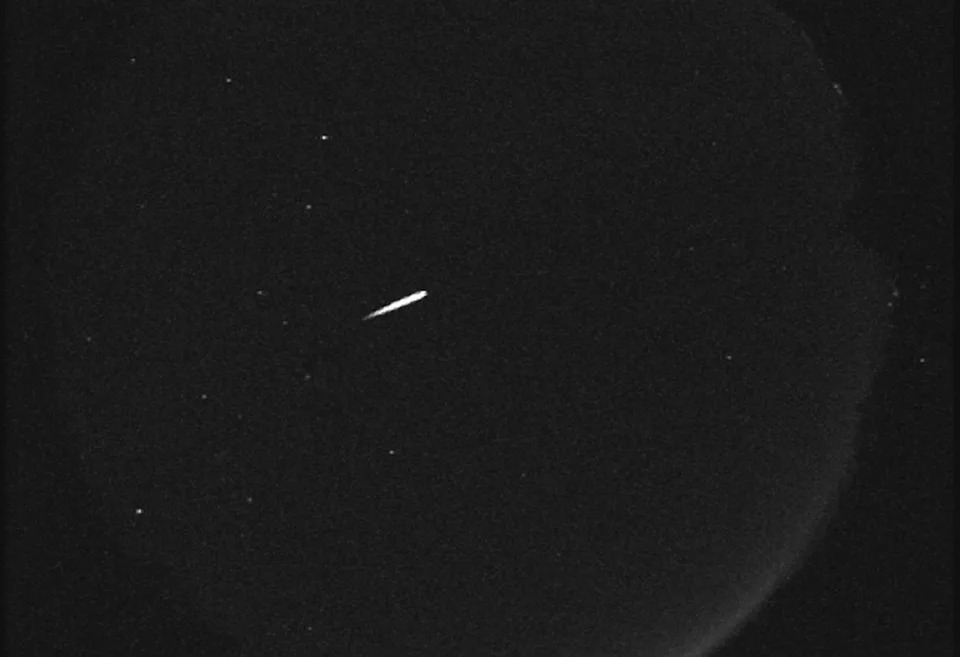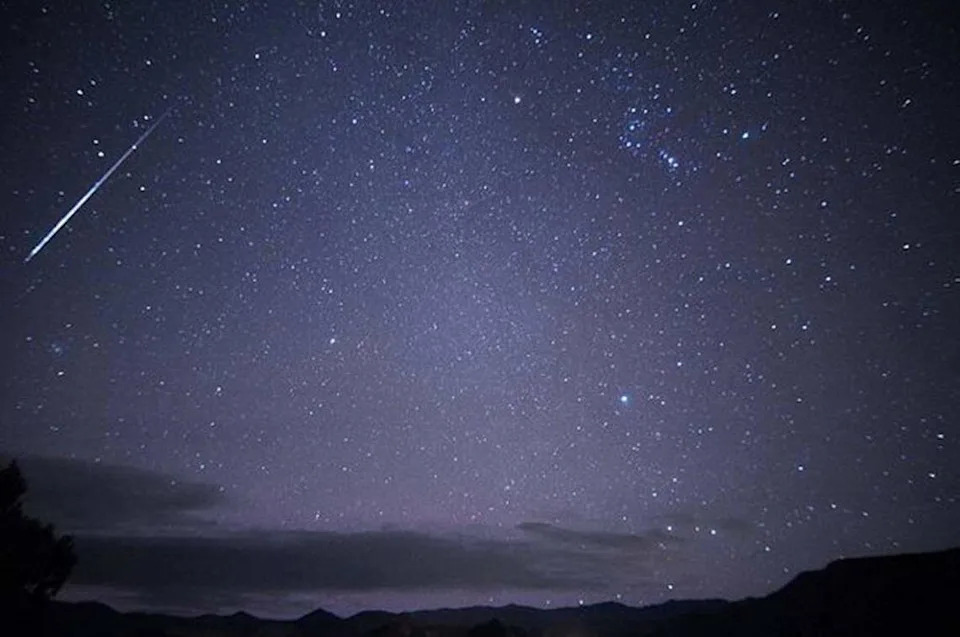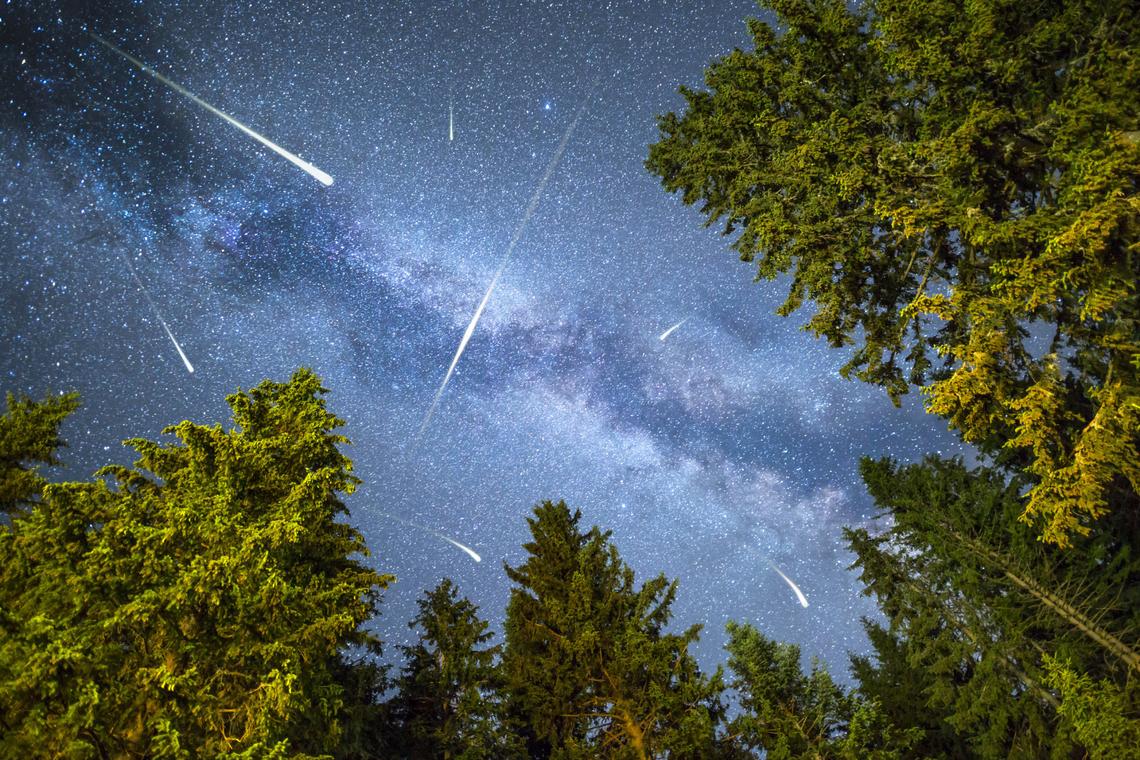Dozens of shooting stars will dash across the California night sky as a radiant meteor show reaches its peak.
During the height of the Orionid meteor shower, up to 20 meteors an hour are expected to pass overhead, NASA said.
The “spectacular show” will peak at the same time as the October new moon, according to NASA.
Here’s how to watch the shimmering celestial show:
What is the Orionid meteor shower?
The Orionids are visible each October as the Earth moves through debris trailing from Halley’s Comet, according to NASA.
It’s the second meteor shower of the year — following the Eta Aquarids in May — that are created from the comet’s dust, according to Time and Date, an online calendar.
The Orionid meteor shower is named after Orion since shooting stars appear to “emerge or radiate from the same area in the sky as the constellation,” Time and Date said.
The dazzling shower started Sept. 26 and continues through Saturday, Nov. 22, according to NASA.

An Orionid meteor recorded by the NASA All Sky Fireball Network station on top of Mt. Lemmon, Arizona on Oct. 13, 2015.
When are best times to see Orionids in 2025?
The Orionid meteor shower will peak overnight from Tuesday, Oct. 21, to Wednesday, Oct. 22.
The best night to see shooting stars is Tuesday, Oct. 21, from just before midnight to 2 a.m., NASA said.

The Orionid Meteor Shower, Oct. 21-22, 2015, radiating from Orion.
When, where to watch shooting stars in California sky
The Orionids will be at their best at the same time of the October new moon.
The moon will appear dark and invisible over California since it’s currently situated between Earth and the sun, NASA said.
“With a moonless sky, you’re much more likely to catch a fireball careening through the night,” Chelsea Gohd from NASA’s Jet Propulsion Laboratory wrote in a blog post.
NASA said stargazers should head to a dark location away from city lights for the best chance of sighting Orionid meteors.
You can view the Orionids zipping across the southeast night sky after sunset Tuesday, the space agency said.

